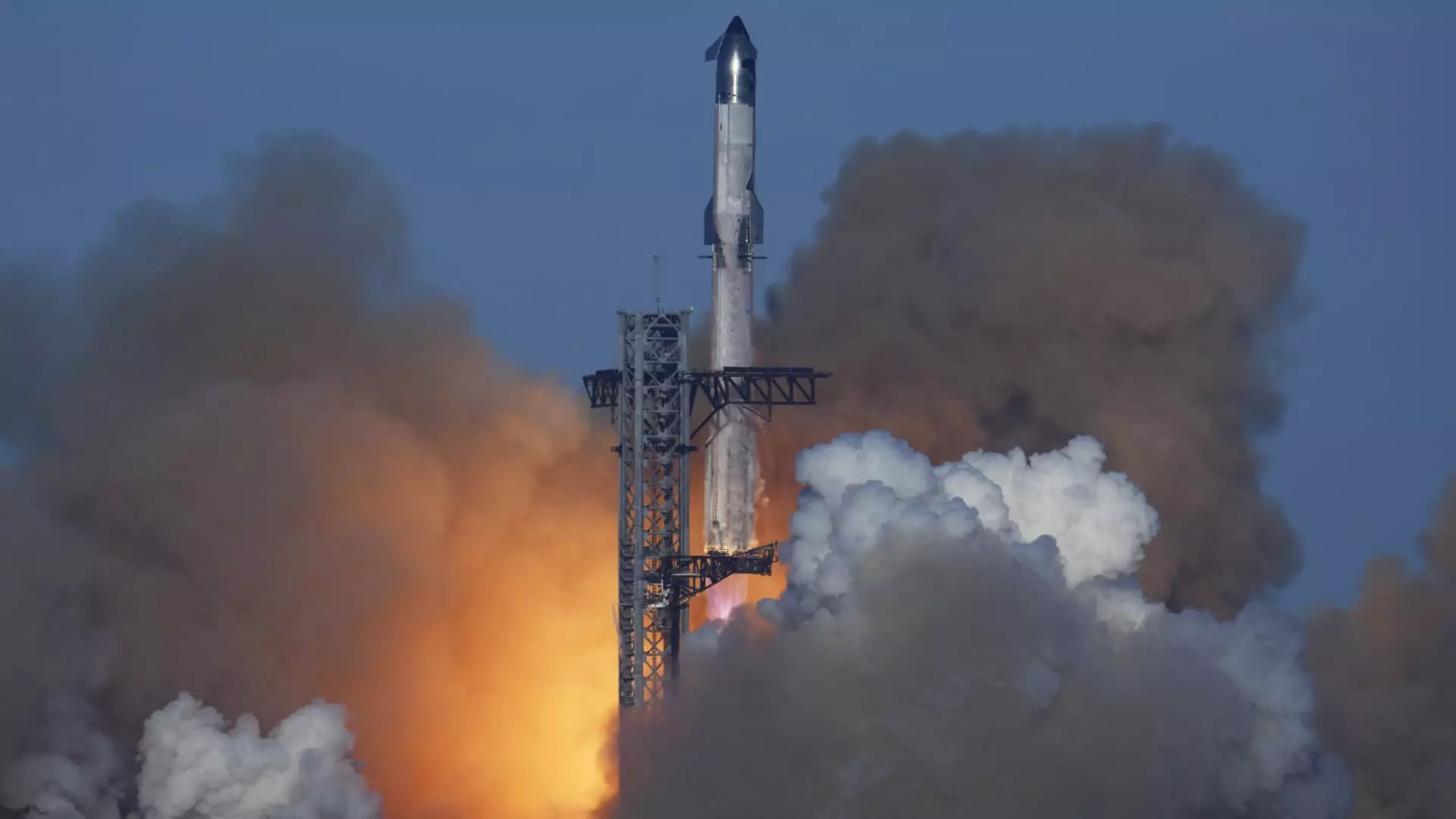The Impact of SpaceX’s Starship Incident on Aviation Regulations

The recent incident involving SpaceX’s Starship rocket has resulted in significant regulatory action from the Federal Aviation Administration (FAA). Following the rocket’s midflight failure during its latest test flight, the FAA has declared that SpaceX must remain grounded until a thorough investigation is completed. This incident has raised questions about the safety protocols in place for commercial spaceflight and has implications for the future of aerospace innovation. The grounding signifies a deliberate regulatory approach to ensure accountability and safety in space exploration.
While there were commendable remarks from the FAA regarding the absence of public injuries, the agency acknowledged reported damage to properties in the Turks and Caicos Islands. This suggests that the fallout from the Starship incident extends beyond mere flight disruptions. The FAA’s emphasis on safety highlights the potential for commercial spaceflights to impact not only the aerospace industry but also the daily lives and security of communities surrounding launch sites. The incident serves as a reminder of the risks associated with developing advanced aerospace technologies, reinforcing the need for stringent safety assessments before flights.
The explosion of the Starship rocket not only compromised the mission but also led to the diversion of multiple commercial flights, including those from major airlines like American Airlines, JetBlue Airways, and Delta Air Lines. This disruption creates cascading effects on the aviation industry, prompting concerns regarding the adequacy of current operational protocols during overlapping transitions of commercial aviation and aerospace developments. Public sentiment can easily shift against such high-visibility programs if safety concerns lead to frequent inconveniences, thereby complicating the narrative of progress in space exploration.
Furthermore, notable discrepancies emerged between the statements issued by SpaceX and the FAA regarding the trajectory of debris. Initially claiming that all falling pieces landed within designated hazard zones, SpaceX later appeared to shift its position under regulatory scrutiny. The FAA’s activation of a “Debris Response Area” to manage the risks associated with falling debris indicates a level of precaution that highlights the unpredictability inherent in rocket launches. Such inconsistencies can breed skepticism among stakeholders and serve as a hindrance to the trust needed for public support of future launches.
Moving forward, SpaceX must collaborate closely with the FAA to address and rectify safety shortcomings identified in this incident before receiving renewed launch permissions. The demanding process calls for transparency and rigorous assessments to restore confidence among commercial airlines, regulatory bodies, and the public at large. While innovation in space technology is paramount, it should not come at the expense of safety and regulatory compliance. As the aerospace landscape continues to evolve, the need for robust partnerships between commercial entities and regulatory authorities will shape the future of space exploration and its integration into everyday aviation operations.





